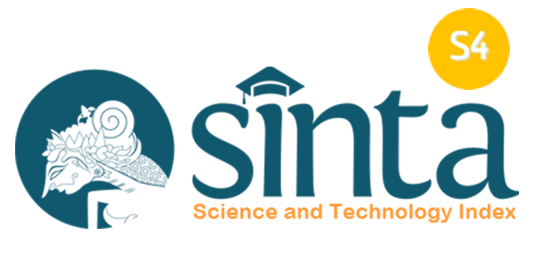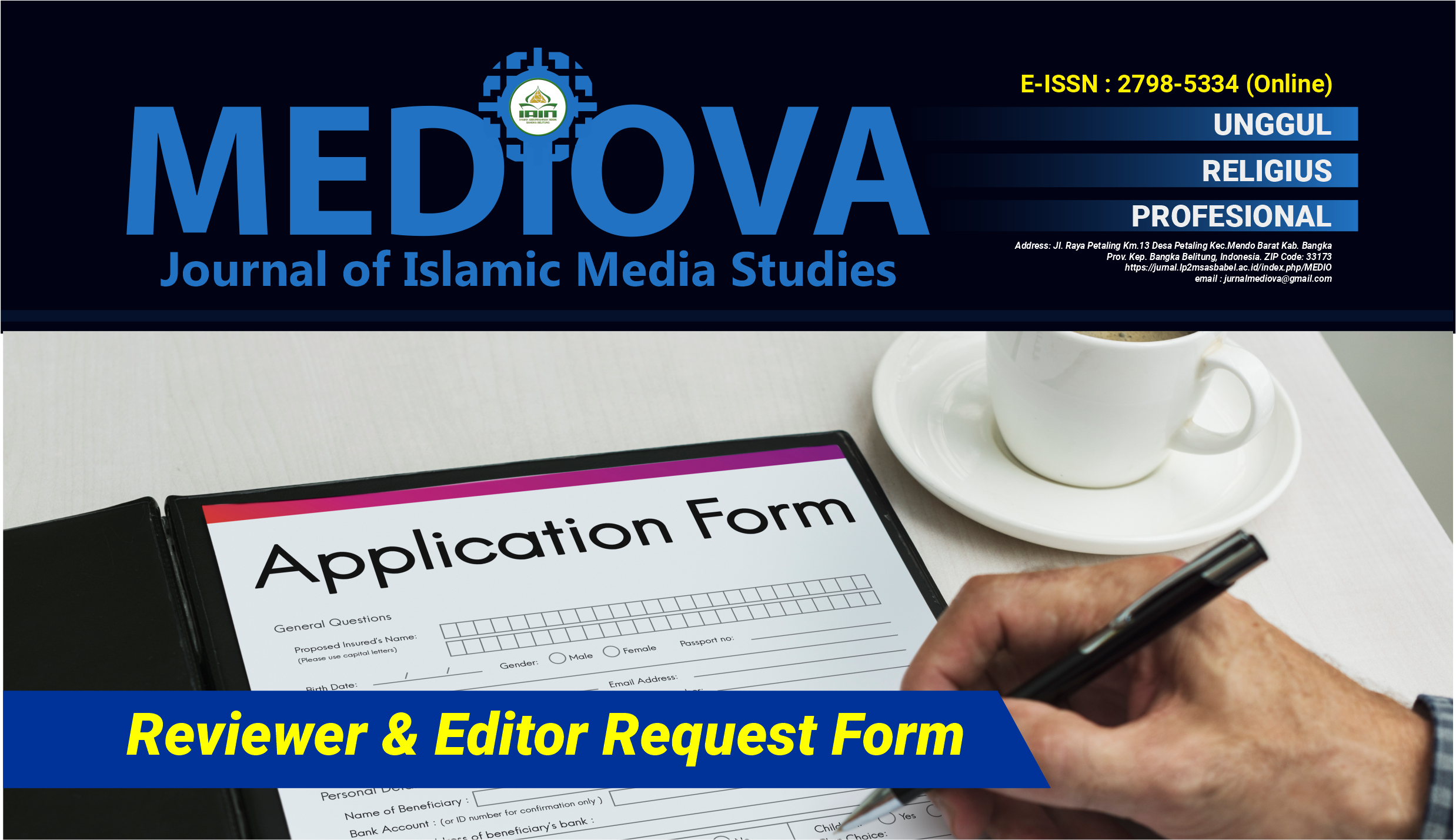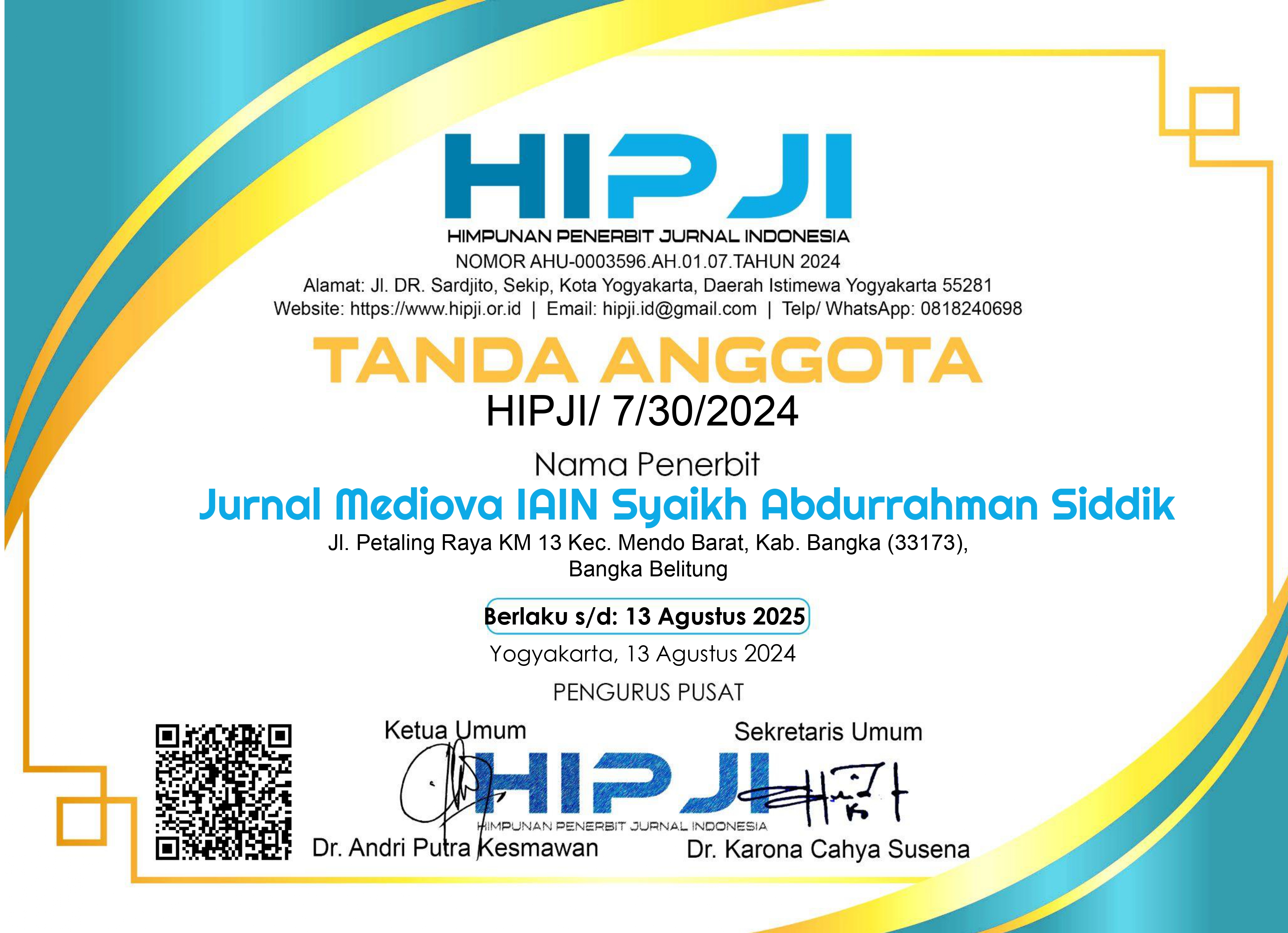NATIONAL DIGITAL LITERACY MOVEMENT: SYNERGY BETWEEN GOVERNMENT, COMMUNITY, AND MEDIA IN FACING THE CHALLENGES OF THE DIGITAL AGE IN BANGKA BELITUNG
DOI:
https://doi.org/10.32923/4k97jt42Keywords:
Keywords: National Digital Literacy Movement, Development Communication, Multi-Stakeholder Collaboration, Bangka Belitung, IMDI 2025Abstract
The National Digital Literacy Movement (GNLD) is one of Indonesia’s strategic initiatives to strengthen citizens’ capacity in facing digital era challenges. Digital literacy encompasses not only technical skills but also ethics, safety, digital culture, and critical thinking in managing information. This study aims to analyze GNLD implementation from the perspectives of development communication and multi-stakeholder collaboration, focusing on the Bangka Belitung Islands Province (Bangka Belitung), which ranked second nationally in Indonesia’s Digital Society Index (IMDI) 2025 with a score of 52.15. Using a literature review approach, this research examines the roles of government, local communities, media, and educational institutions in promoting inclusive and sustainable digital literacy development. The findings reveal that Bangka Belitung’s success is rooted in participatory development communication, strong inter-stakeholder synergy, and effective public policies that enhance citizens’ digital awareness and competence. Moreover, multi-stakeholder collaboration has been a key factor in accelerating digital transformation across the archipelago region. This study provides theoretical contributions to development communication discourse and practical insights for digital literacy policy implementation in other regions of Indonesia.
Downloads
Published
Issue
Section
License
Copyright (c) 2025 Atikah Dewi Utami, Eva Harista

This work is licensed under a Creative Commons Attribution 4.0 International License.
Copyright Assignment
As an author of Journal Mediova of the Islamic Journalism study program of the Islamic Da'wah and Communication Faculty, IAIN Syaikh Abdurrahman Siddik Bangka Belitung, I, who sign below:
Declare:
- My paper is authentic; my own writing and it has not been published/proposed on any other journals and publication.
- My paper is not plagiarism but my original idea/research.
- My paper is not written by other help, except with Board of Editors and Reviewers recommendation who have been chosen by this journal.
- In my paper, there are no other writings or opinions except referred in bibliography and relevant with the rule of writing in this journal.
- I will do this assignment for sure. If there are irregularities and untruths in this assignment, I will be responsible later according to the applicable law.
- Authors retain copyright and grant the journal right of first publication with the work simultaneously licensed under a Creative Commons Attribution 4.0 International License that allows others to share the work with an acknowledgment of the work's authorship and initial publication in this journal.
- Authors are able to enter into separate, additional contractual arrangements for the non-exclusive distribution of the journal's published version of the work (e.g., post it to an institutional repository or publish it in a book), with an acknowledgment of its initial publication in this journal.
- Authors are permitted and encouraged to post their work online (e.g., in institutional repositories or on their website) prior to and during the submission process, as it can lead to productive exchanges, as well as earlier and greater citation of published work (See The Effect of Open Access).








.png)









